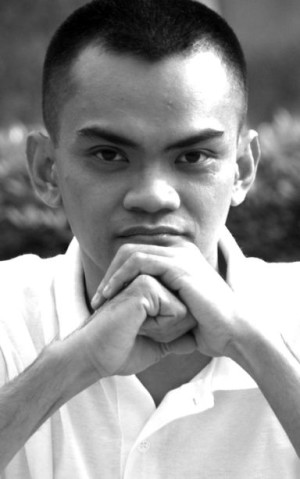
PAREDES
Peacetime complacency made Filipinos forget the importance of preparedness for any emergency or disaster even as the nation remains prone to typhoons, earthquakes and other calamities.
Ensuring that government continues to function amid a major disaster is a Constitutional mandate based on the principle that it is the duty of the State to maintain public safety at all times, even the worst of times.
Especially in the past when communication and transportation were still very slow and not always available, responding to catastrophes usually took a long time, if it came at all.
A great number of deaths could have been prevented if help came early and if people saw the disaster coming and thus were able to prepare for it.
The advancement of technology in modern times enabled governments to immediately respond to emergency situations.
Government can now learn about disasters faster through radio and phones and send help to victims using military aircraft, boats, and trucks.
Science has also enhanced our ability to predict the weather and detect signs of earthquake.
The development of radar during the Second World War enabled the British to track incoming Nazi planes and shoot them down with greater accuracy.
In fact, the United Kingdom’s preparations for German invasion exemplified one of the best civil defense mobilization in history.
Already seeing Hitler’s expansionist ambitions in the 1930s, the British government mobilized not just the military but civilians to consist the Home Guard, whose duty was to defend the country against occupying forces.
Under this program, civilians were trained to use weapons, build bomb shelters, can their own produce, and fight fires with newly-invented hose pumps that turn the tap into a fire-fighting equipment.
Those in the cities helped fortify buildings with sand bags and were trained to run into subways that were designed to double as bomb shelters.
Inspired by the British, the Americans also mobilized their own citizens for homeland security during the Second World War.
This would evolve later into the Office of Civil Defense (OCD) that in the Cold War was tasked mainly to prepare Americans for surviving a nuclear war. But the OCD was also tasked with preparing for and responding to natural and man-made disasters during peace time.
Not being industrialized and with transportation and communications technology taking a long time to develop, the Philippines was slow to adopt the idea of civil defense.
There were efforts to prepare civilians during the Second World War but this came only next to military preps, which were utmost priority.
Still, the Filipino civilians were taught to prepare.
Women and girls learned how to preserve food and take care of the sick and wounded, while kids in the Boy Scouts were taught survival skills, such as signaling, navigation, and first aid, which proved handy when later on they were big enough to join the guerrillas.
Peacetime complacency made Filipinos forget the importance of preparedness for any emergency or disaster even as the nation remains prone to typhoons, earthquakes and other calamities.
Today’s generation have grown too dependent on technology and lack survival skills making them all the more vulnerable to any catastrophe.
Disclaimer: The comments uploaded on this site do not necessarily represent or reflect the views of management and owner of Cebudailynews. We reserve the right to exclude comments that we deem to be inconsistent with our editorial standards.
